Saint Petersburg, also known as Venice of the North, is the second-largest city in Russia. The city is surprisingly spacious, with wide avenues and roads and many canals. Peter exudes culture, history, and unprecedented splendor. Everywhere you will find churches and cathedrals decorated with gold leaves. But the old, elegant buildings in the neoclassical and Baroque styles also look stylish and well-groomed. If you like culture, Saint Petersburg is the perfect place for a fantastic trip around the city thanks to its countless historical attractions.
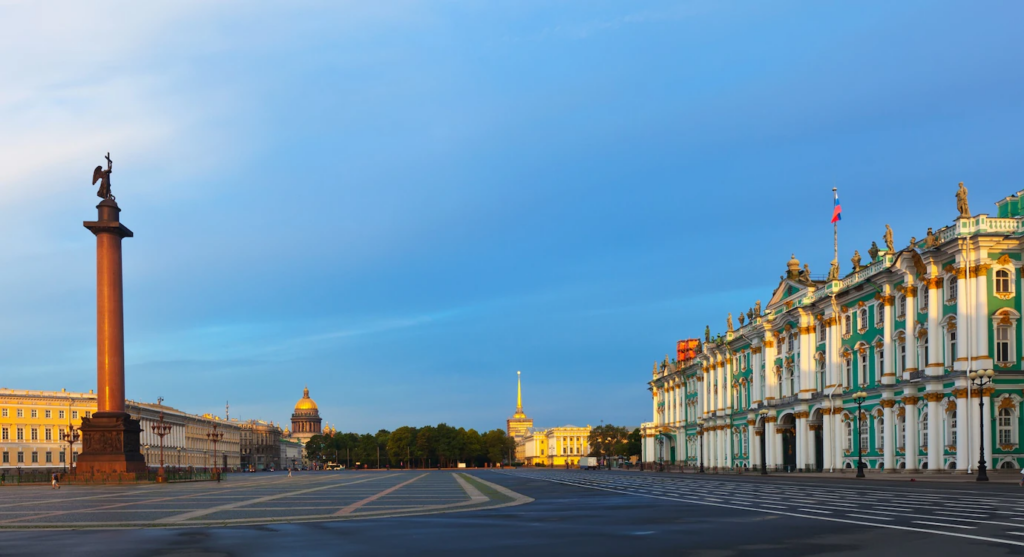
The area has been inhabited for 2500 years. But the city itself was founded only in 1703 by Tsar Peter the Great. In Saint Petersburg, many things remind us of those distant times, including the House of Peter the Great, built in just three days. Saint Petersburg became the home of the tsars and the center of imperial Russian culture. During the First World War, the city was renamed Petrograd, in 1924 – Leningrad in honor of Lenin, a communist revolutionary, and founder of the Soviet Union. After the collapse of the Soviet Union, the city again became the most cosmopolitan and western city in Russia. Saint Petersburg has been a UNESCO World Heritage Site since 1990.
What to do and what to see in Saint Petersburg
There is something to see in Saint Petersburg at any time of the year. In winter it can be very cold here, but it is beautiful-snow-white. In summer there is a lot of greenery, blooming flower beds, fountains, and white nights. In late spring, summer, and early autumn, boat trips are made to the nearby Neva Islands. So you can visit the city at any time, as it is always charming. Museums, temples, and theaters are accessible to visitors both in summer and winter.
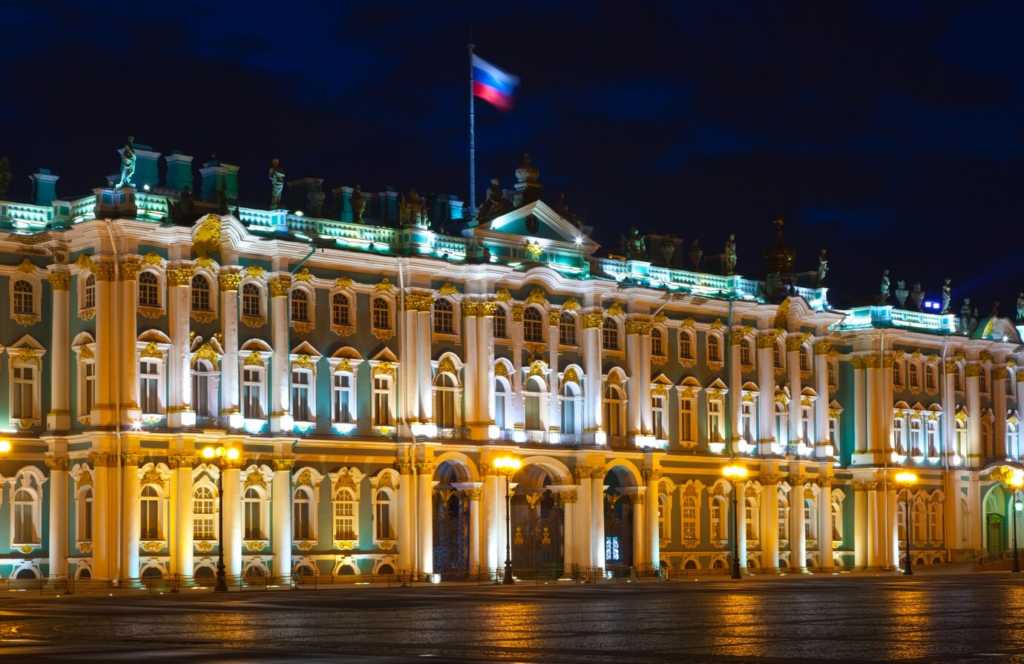
Below is a selection of many attractions in Saint Petersburg:
The Hermitage
The Hermitage is the main attraction of Saint Petersburg. This is a huge palace museum with a collection consisting of 3 million works of art from ancient times (the times of the Egyptians, Greeks, and Romans) and the Middle Ages, from almost all corners of the world. Even if you are not a big fan of art, a visit to the Hermitage should not be missed during your trip around the city. The impressive building on the Palace Square makes a very strong impression! Be prepared to set aside a whole day to visit the museum.
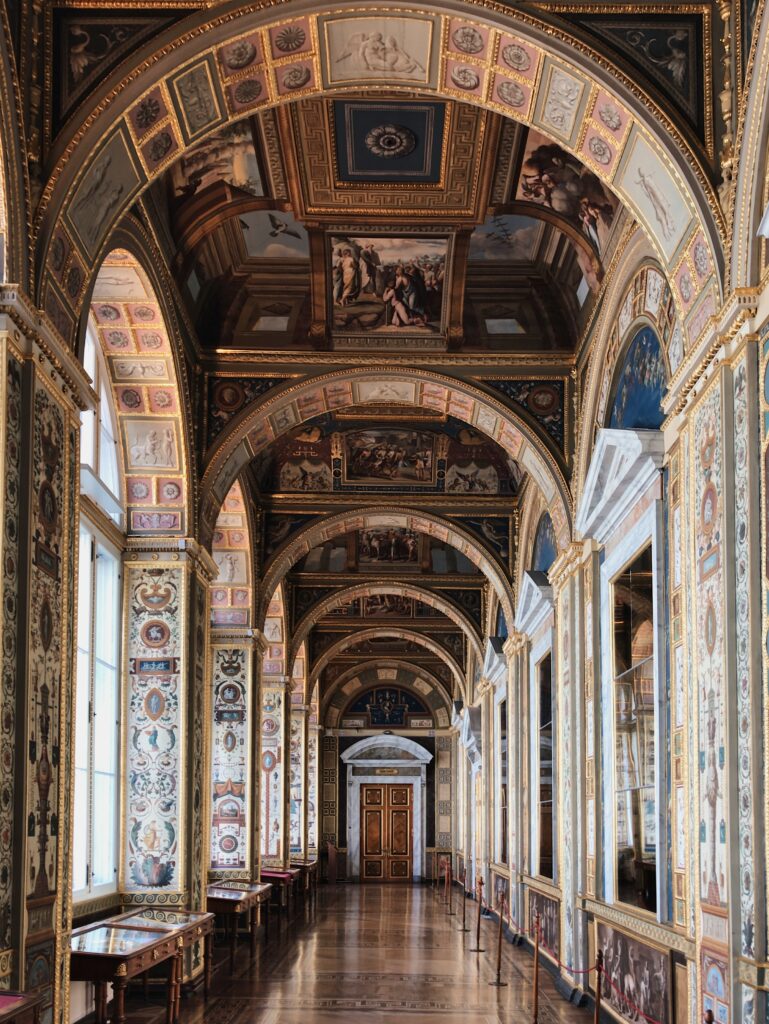
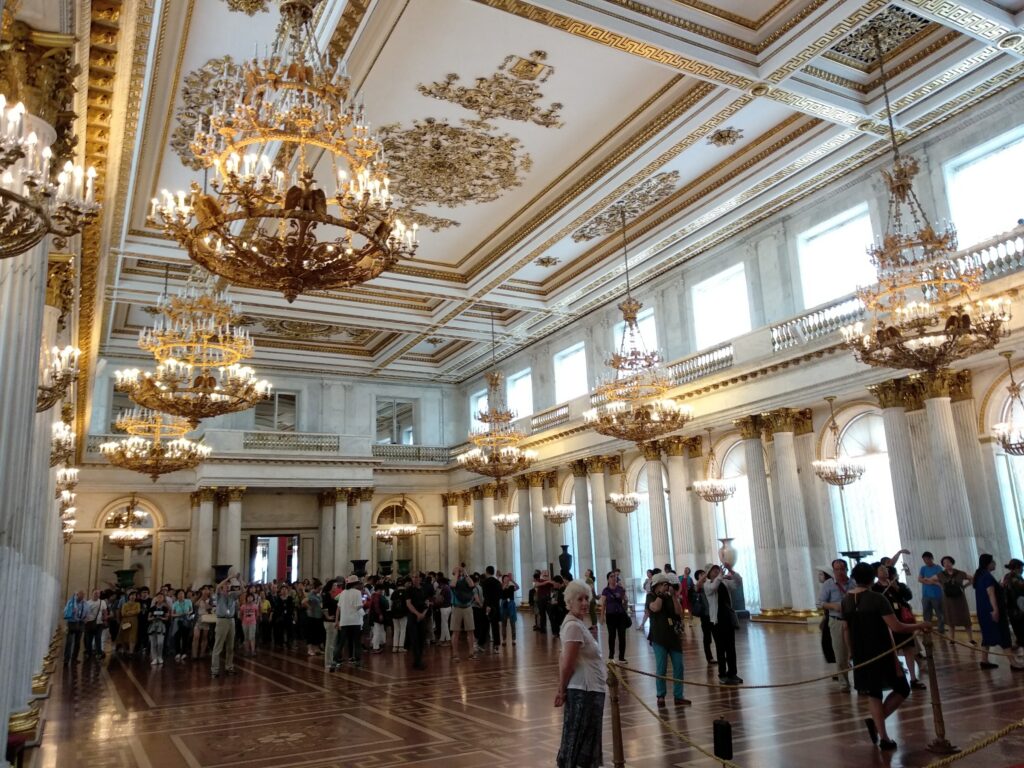
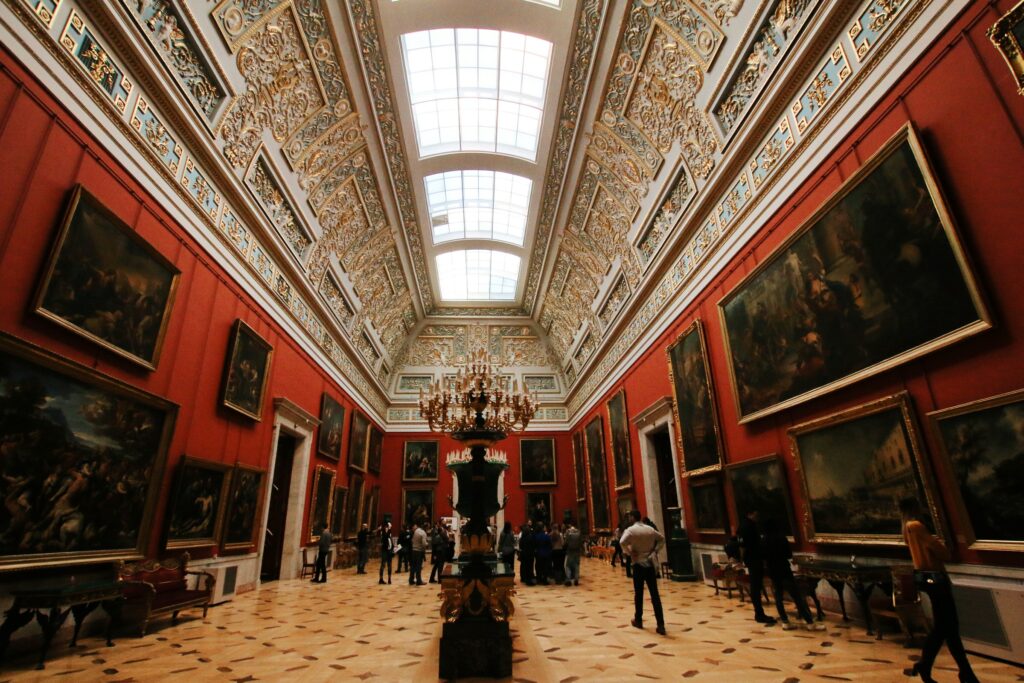
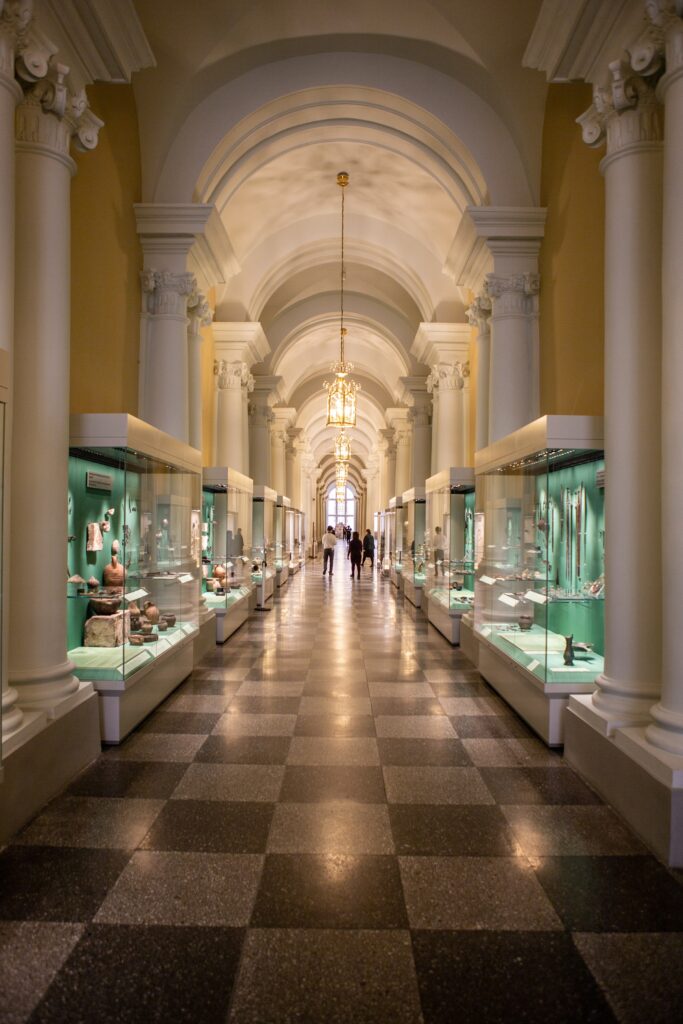
The Church was Saved on Blood
The Russian Orthodox Church was built in 1881 on the site of the assassination of Tsar Alexander II. The church is especially striking from the outside and with all its colorful domes is an icon of the city. Inside you will find more than 6,000 square meters of mosaics, which surpasses even St. Mark’s Cathedral in Venice. The Savior on Blood was built on the site where Tsar Alexander II of Russia was killed in an attack on March 13, 1881. During the Great Patriotic War and the blockade of the city, a bomb fell on the highest dome of the church. The bomb did not explode and was inside the dome of the church for 19 years.
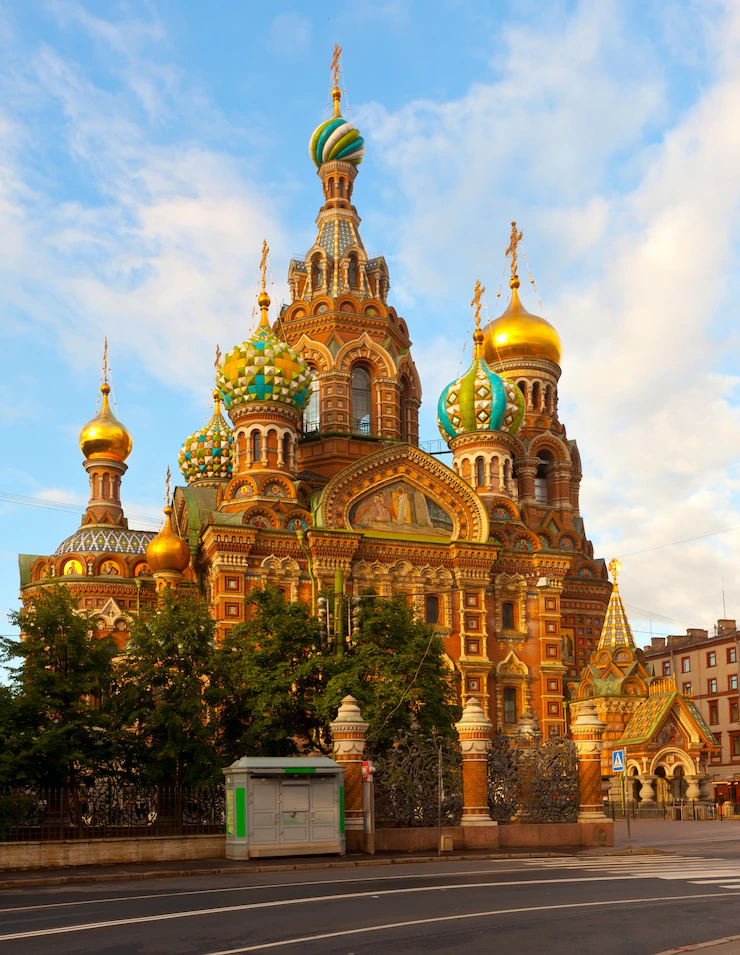
New Holland
New Holland is a man-made island in the Admiralty district of Saint Petersburg, bounded by the Moika River, Kryukov, and Admiralty Channels. It was created in 1719. It is said that the island owes its name to the fact that it had a lot in common with Amsterdam. Other sources indicate that Peter the Great named the island after the Dutch, who at that time were asked to help build a navy. Large warehouses were built, among other things, for storing firewood and barracks, which later served as a prison. After the Russian Revolution, the buildings of the 18th century were abandoned, but since 2010 the island has been renovated and turned into an art and culture park.
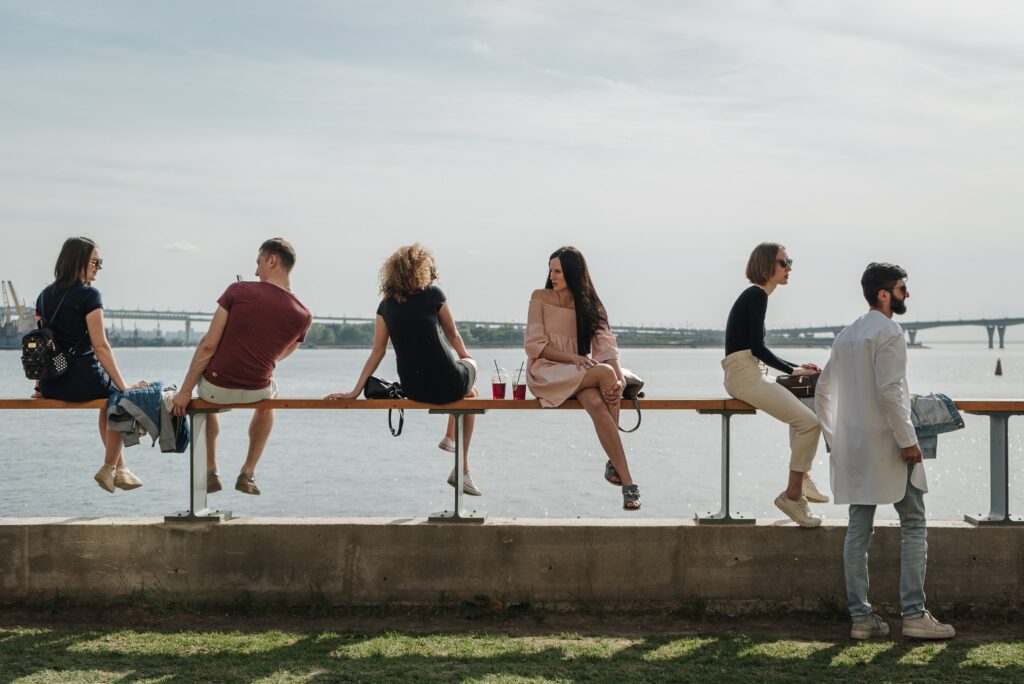
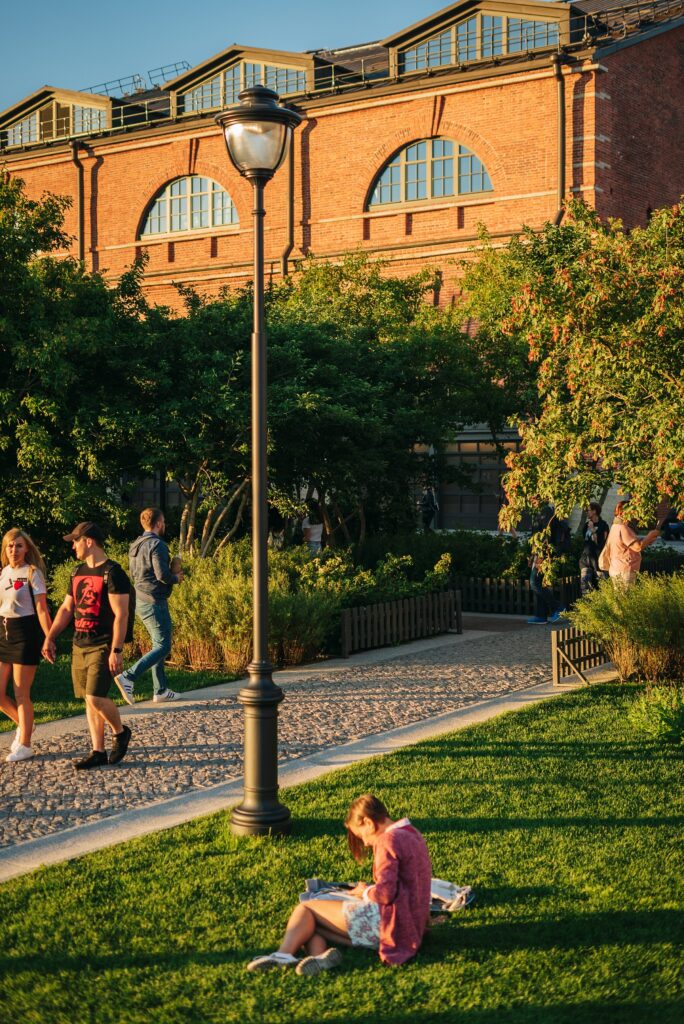
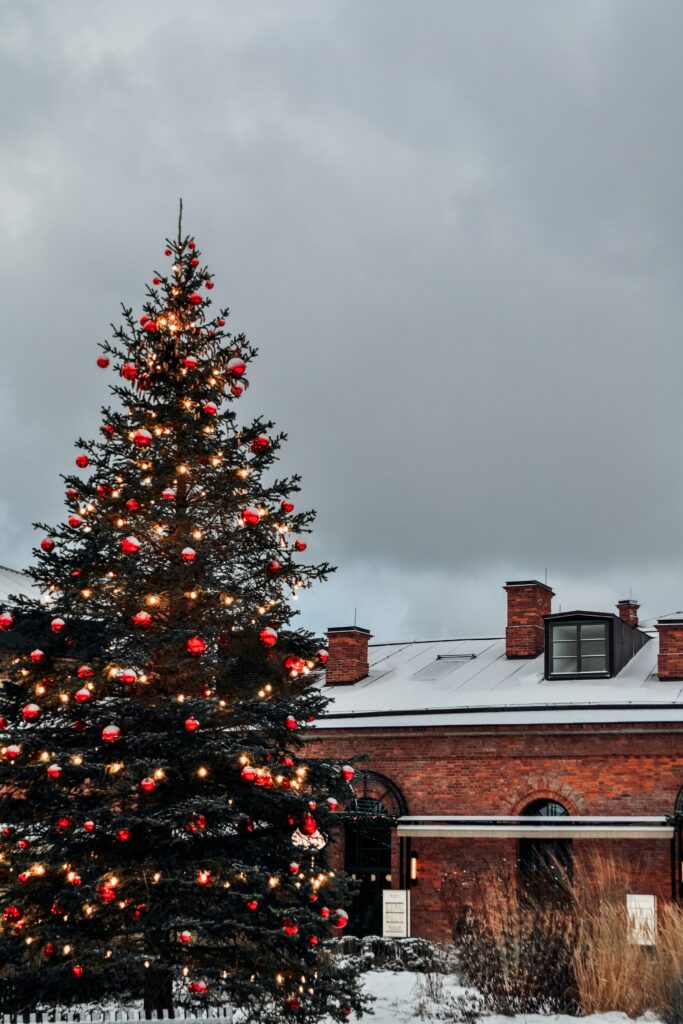
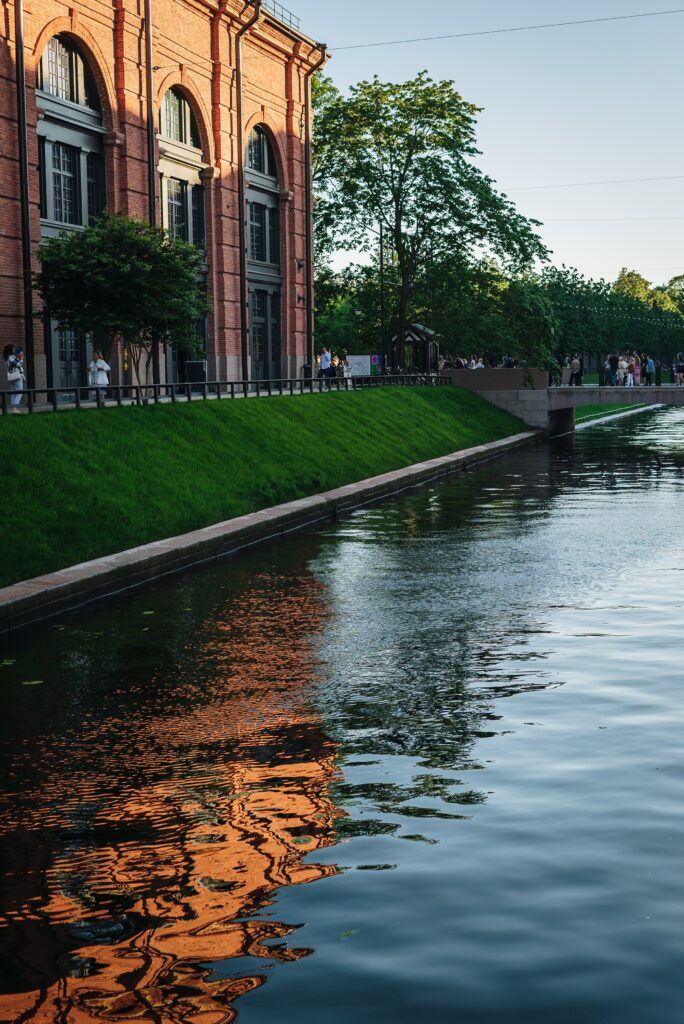
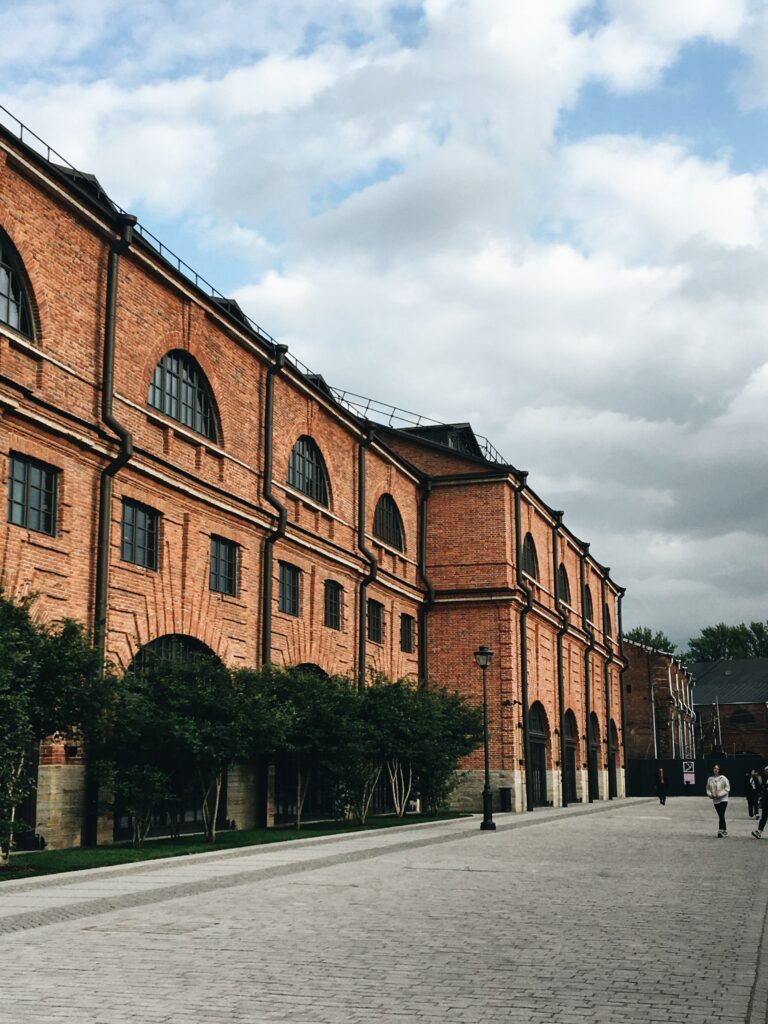
This place is a pearl of tranquility in a big city. You can go for a walk there, and go ice skating in winter. There are now many very cozy bars and small, but surprisingly good restaurants on the site of the former prison.
Mariinsky Theatre
The Mariinsky Theatre is a historical opera and ballet theatre. After opening in 1860, the Mariinsky became an outstanding musical theater in Russia at the end of the 19th century. For most of the Soviet period, it was known as the Kirov Theater. The Mariinsky Ballet, the Mariinsky Opera, and the Mariinsky Orchestra are performing at the Mariinsky Theatre today. The modern Concert Hall of the Mariinsky Theater is located almost 400 meters from the main building of the Mariinsky Theater. There is a fantastic orchestra playing wonderful works by Russian composers.
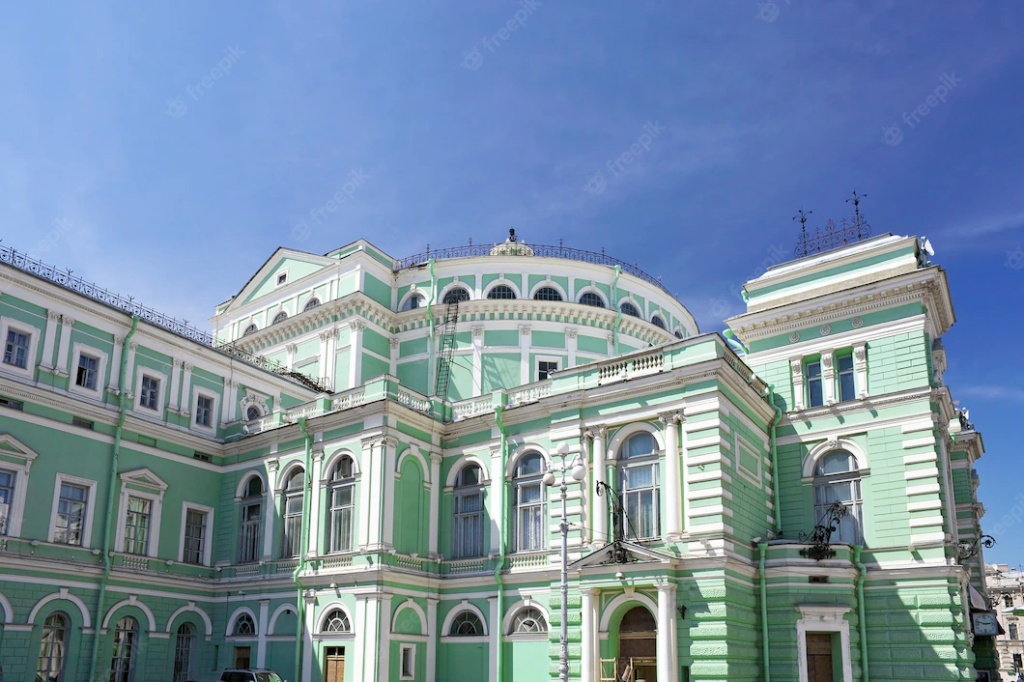
Peter and Paul Fortress
Peter and Paul Fortress is the citadel of Saint Petersburg, built by Peter I in 1703 to protect the city from the Swedes. Since 1720, the garrison of Saint Petersburg was located here, and the fortress was also one of the most famous prisons of the Russian Empire. Even in the early 1920s, the fortress was still used by the Bolshevik government as a prison and a place of execution. Today it is a museum, which you can also walk around. The fortress offers a beautiful view of the Winter Palace.
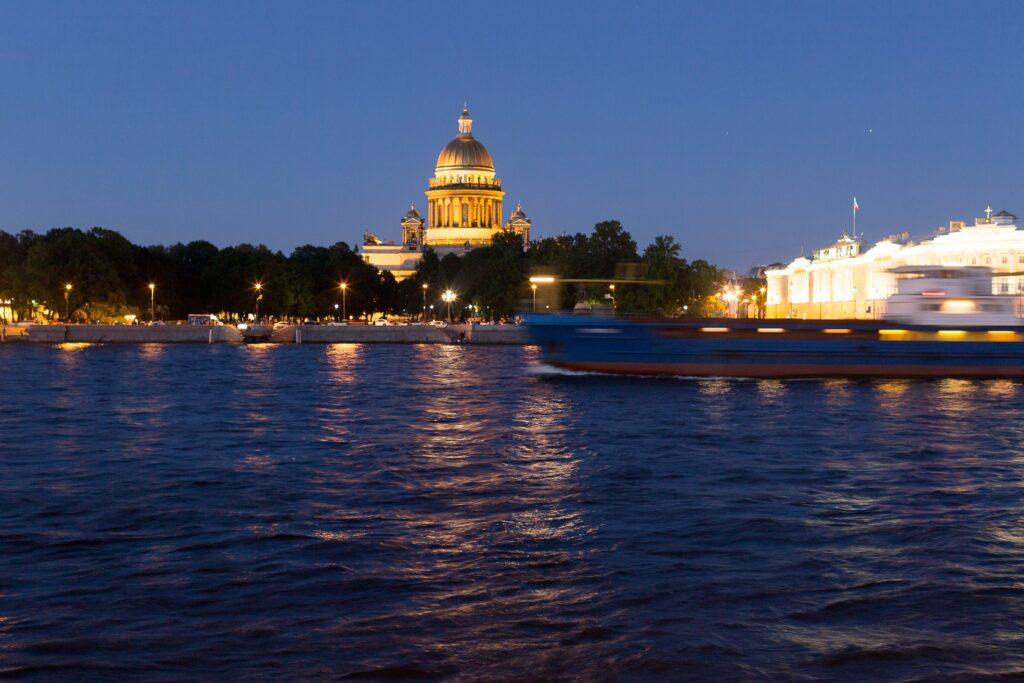
Also, visit the Military Museum behind the Peter and Paul Fortress. Currently, VIMAIViVS is one of the largest military museums in the world, with rich collections of artillery pieces, small arms, bladed weapons, banners, military equipment, and historical documents. The pride of the museum is the personal weapons of the emperors: Napoleon, Peter I, Alexander I, and Nicholas II.
St. Isaac’s Cathedral
This cathedral, located near the Admiralty, was built in 1818 by 400,000 workers and is the main attraction of the city. It is the third tallest domed cathedral in the world. The view from the colonnade (observation deck) is one of the best views of the city. To do this, you need to climb 400 steps! Many people died during the construction, partly due to the gilding of the ceilings and crosses. According to contemporaries, from 60 to 120 people died from mercury poisoning during the construction of the cathedral. In total, 400 kg of gold was processed.
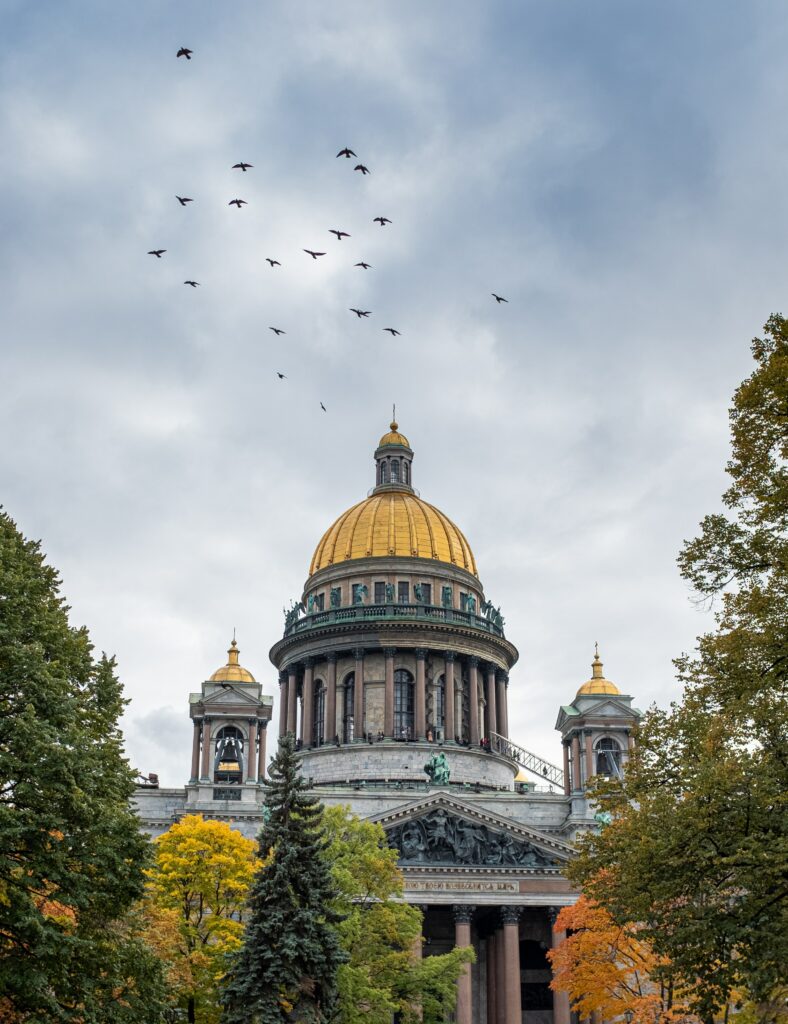
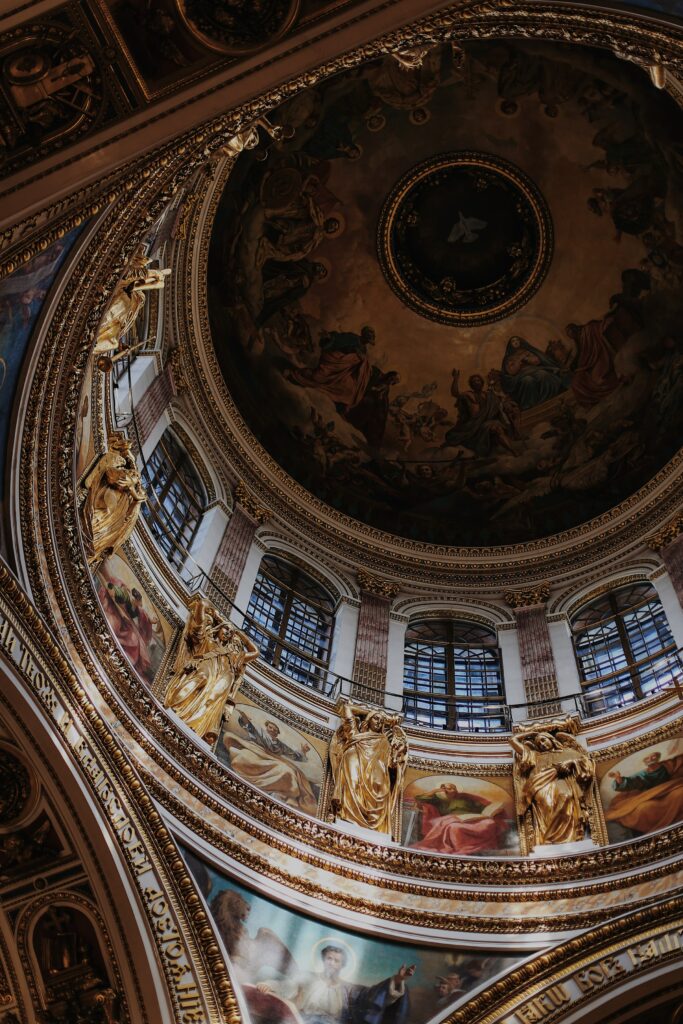
Faberge Museum
The museum opened in 2013, but during this time it has managed to become one of the main city attractions. Here you will see nine famous Faberge eggs and other interesting exhibits. The museum is located in the heart of Saint Petersburg, on Fontanka, close to Nevsky Prospekt, and you can get around it in a little more than 1 hour. Not only are eggs stored in the Faberge Museum, the collection includes more than 4,000 works of art of various origins, as well as those created centuries before the appearance of eggs.
Catherine Palace
It is located 25 kilometers from Saint Petersburg, in the city of Pushkin. Catherine’s Palace, like a fairy-tale castle, rises on a hill in the former royal residence – Tsarskoye Selo. It was a kind of refuge for Catherine when she wanted to take a break from the duties of the ruler. The biggest attraction here is the Amber Room. Although the original mysteriously disappeared during World War II, its replica is also admirable.
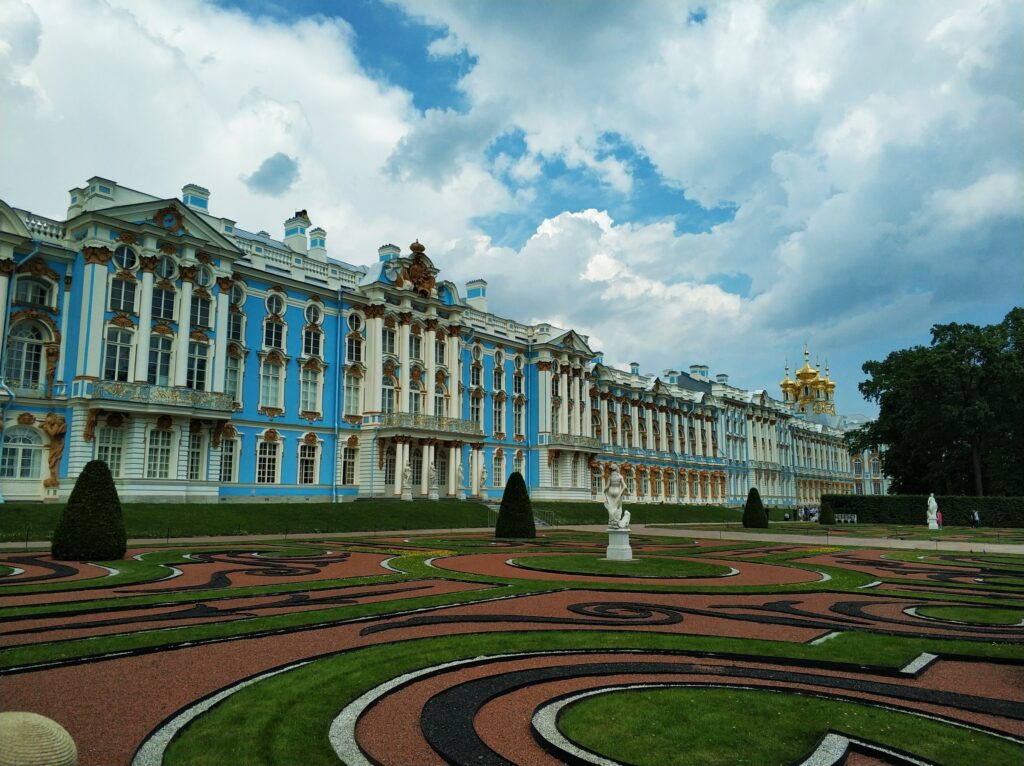
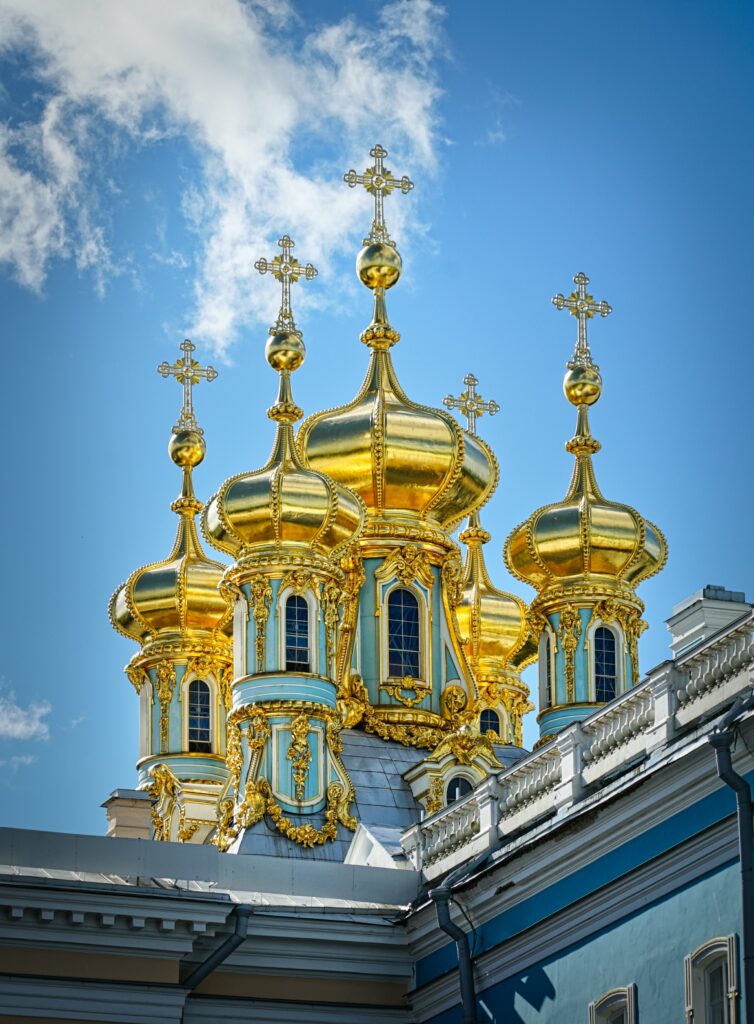
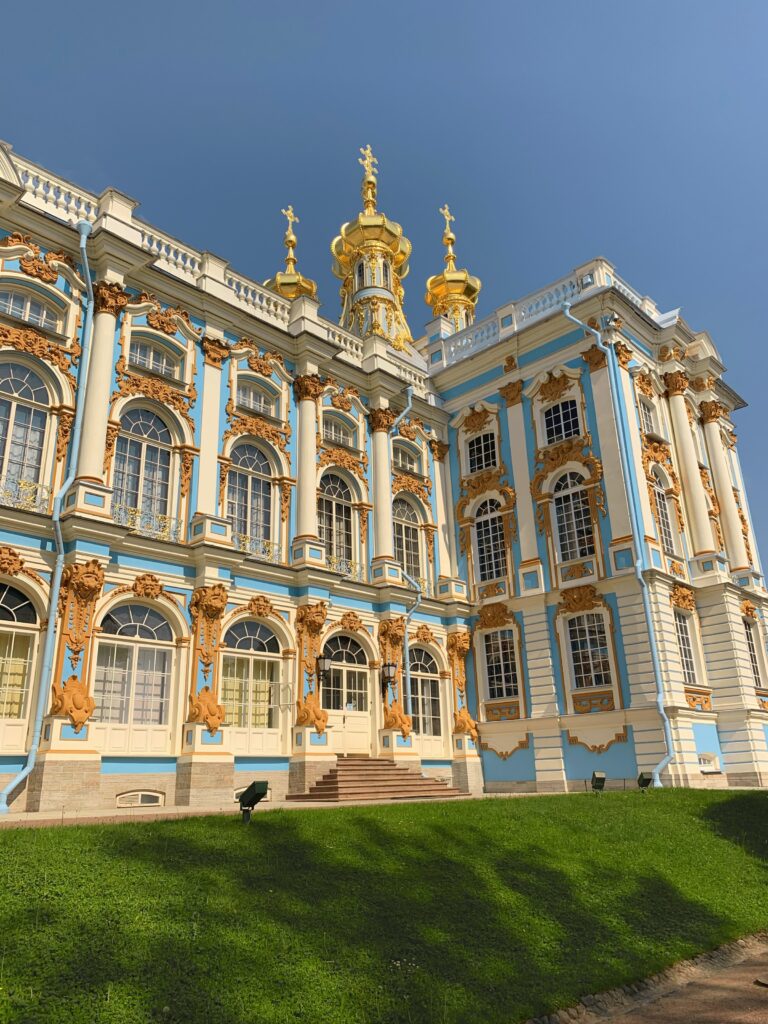
Russian Museum Saint Petersburg
The Russian Museum was founded in 1895 by the decree of Nicholas II and includes five buildings: the Mikhailovsky Palace, Mikhailovsky Castle, Marble Palace, Stroganov Palace, and the Summer Palace of Peter I. To get around them in one day, of course, will not work. The museum’s collection has about 400,000 exhibits and includes collections of historical periods of the development of Russian art. Here you will see famous exhibits such as Repin’s “Burlak on the Volga” and works by Andrei Rublev, Carlo Rastrelli, Karl Bryullov, etc.
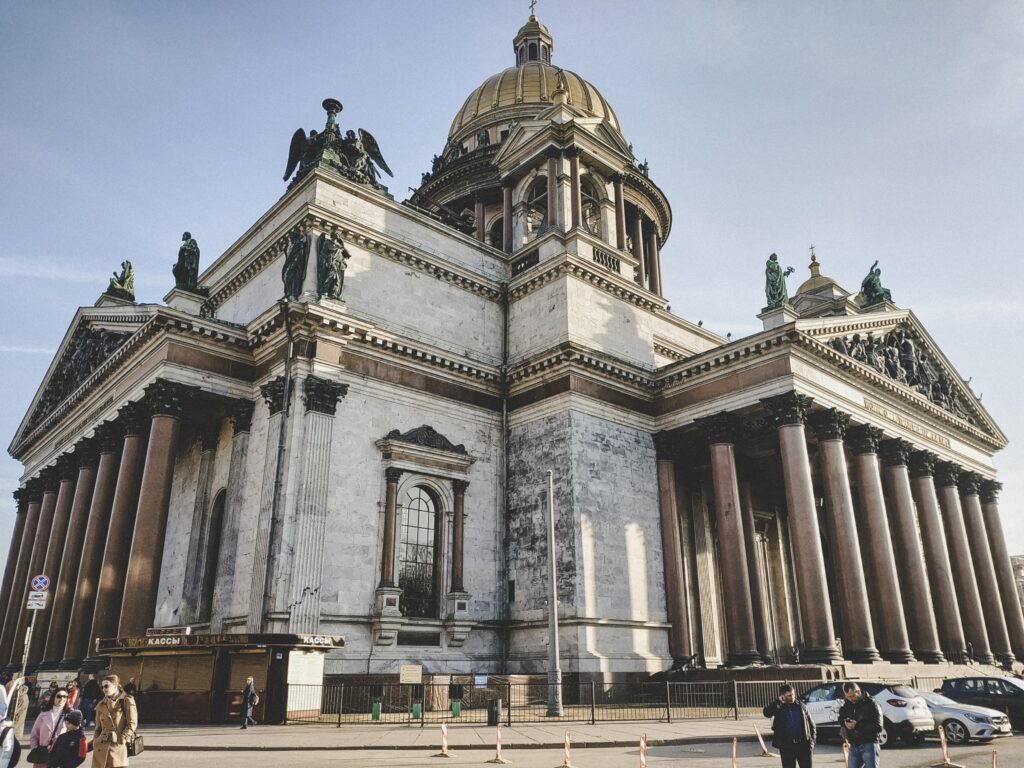
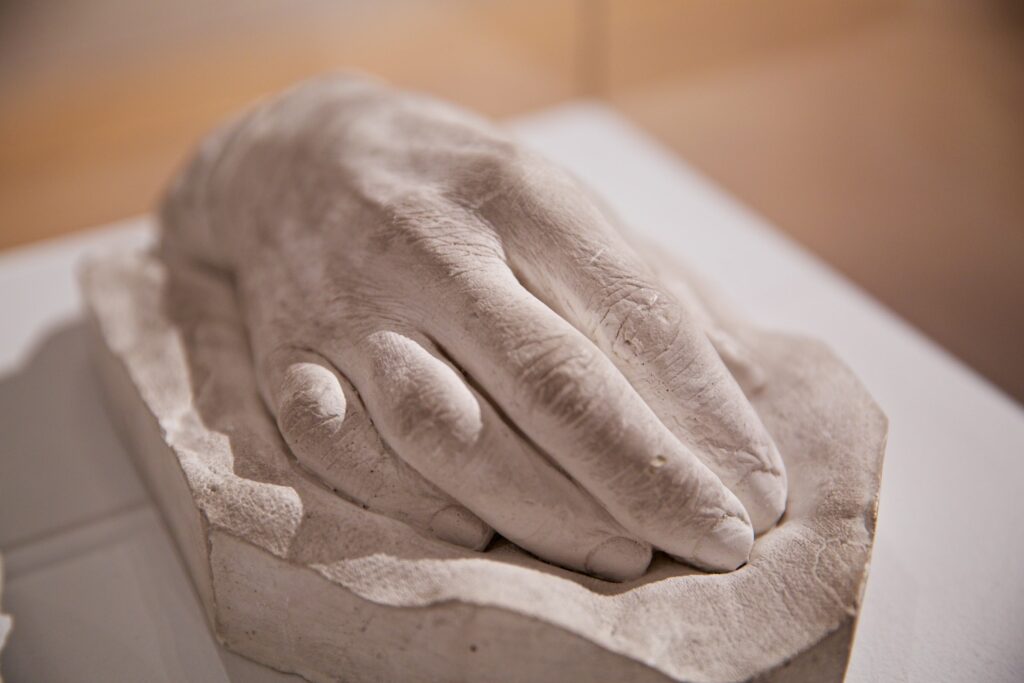
Peterhof Saint Petersburg
The world-famous Peterhof Palace, fountain, and park Ensemble is an outstanding landmark of the Russian artistic culture of the XVIII-XIX centuries. Founded at the very beginning of the eighteenth century by Emperor Peter the Great near Saint Petersburg, Peterhof was to become the most luxurious royal summer residence. Its beautiful parks, 176 fountains of various shapes and styles, majestic palaces, numerous gilded statues of ancient gods and heroes, collections of sculpture, paintings, and works of minor arts make Peterhof a real pearl of art.
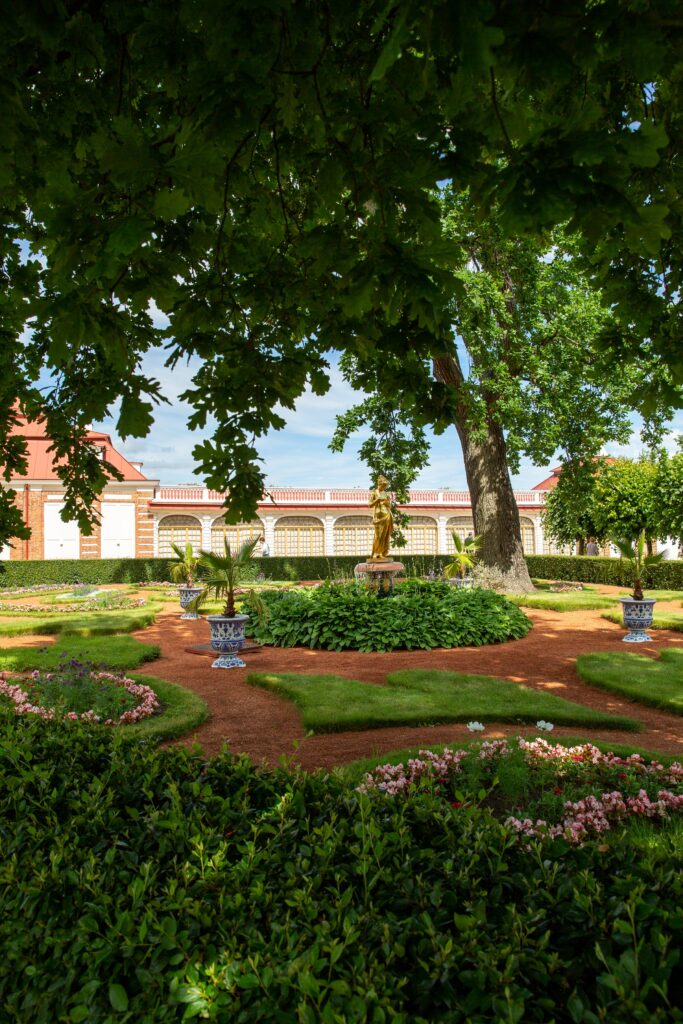
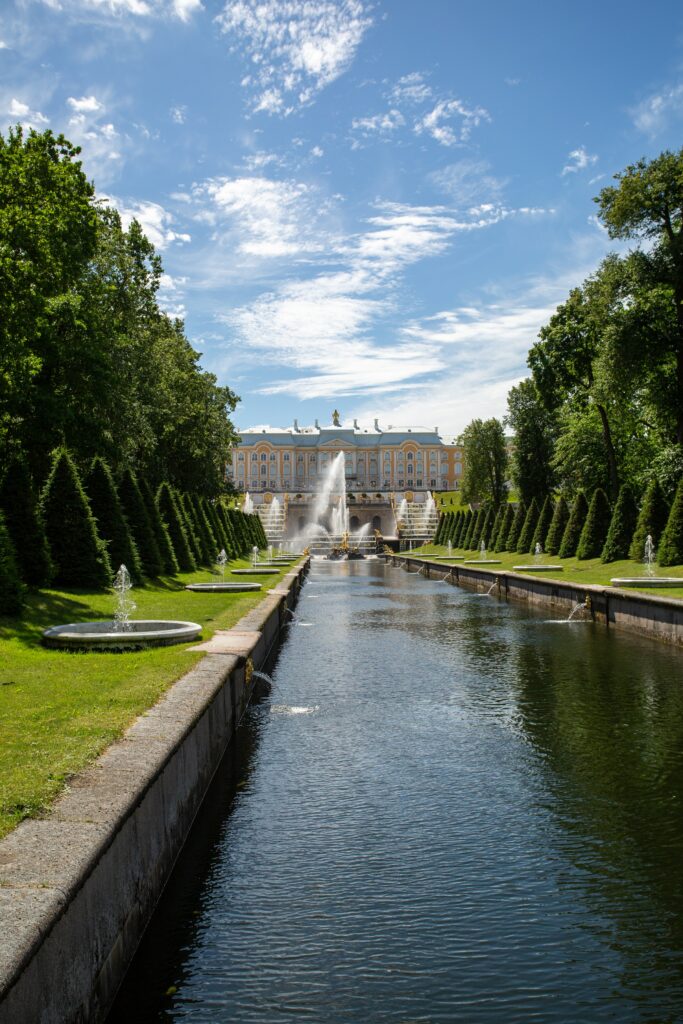
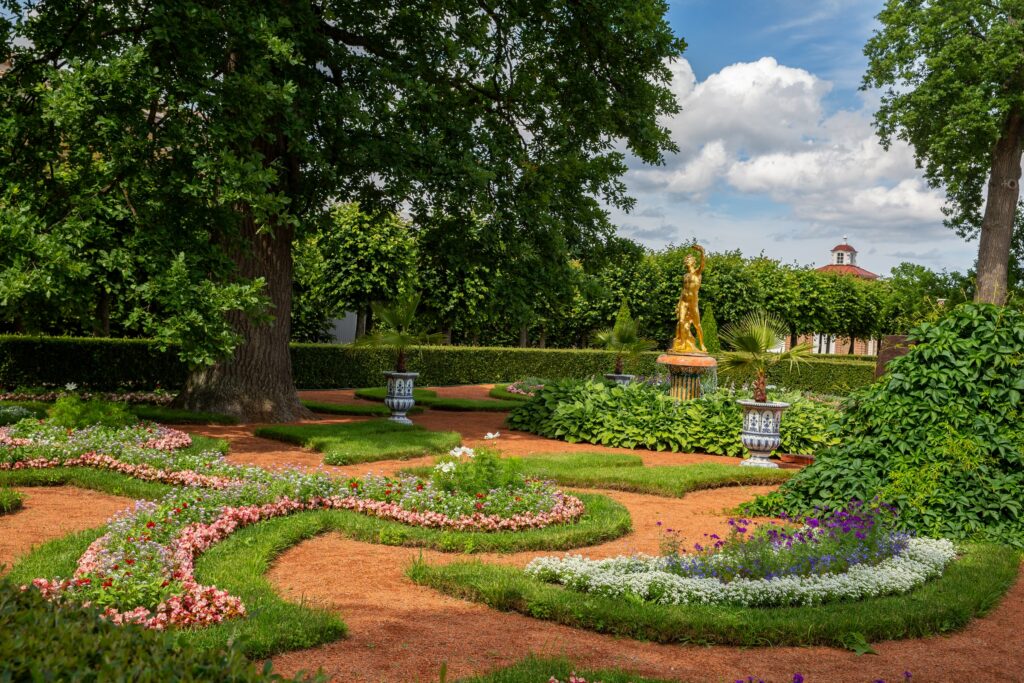
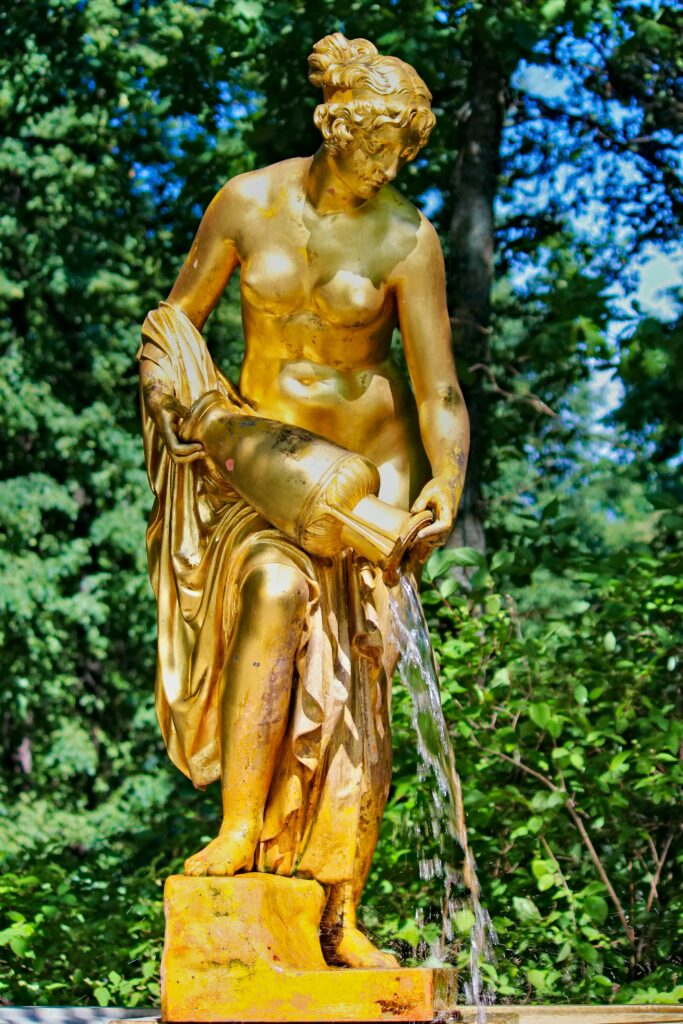
What else to do in Saint Petersburg
- Take a cruise along the Neva River, during which you can admire the breeding of bridges, of which there are already more than 300 in Saint Petersburg! Only nine of them get divorced, and only at night. With the onset of dusk, the bridges are illuminated by elegant illumination, making the whole process even more spectacular.
- Take a walk along Nevsky Prospekt. Nevsky Prospekt crosses the historical part of Saint Petersburg from northwest to southeast – from the Alexander Garden to Alexander Nevsky Square. There are many cafes, shops, and retail shops here. You can buy everything in Saint Petersburg, and this 4.5 km long street is the epitome of the elegance and wealth of the city.
- Spend the night at the Astoria Hotel, whose guests were Rasputin, Bulgakov, as well as Madonna, Elton John, Tony Blair…
- See the white nights. If you want to experience them, come to the city at the turn of June and July. The city will be pleasantly lit, will not sleep, and you will be able to spend a lot more time on the sights because it will not get dark! During the white nights, you will also see various festivals, and concerts, as well as large crowds of tourists.
- Take a cruise on the Neva River. Sightseeing tours of Saint Petersburg are an important reason to go on a cruise in Saint Petersburg. Kronstadt, Peterhof, Oranienbaum, Pushkin, Gatchina – the beauty of these places will give impressions for a lifetime. During the trip, you will be helped to organize pleasant leisure: master classes, photo shoots, excursions, and massage. Usually, the cost of cruises includes three meals a day.
- Visit the Peterland water park with children, the Leningrad Zoo, the Divo-Ostrov amusement park, Gagarin Park. And Saint Petersburg is also a city of creative people. Here you will find Dostoevsky Street, where the writer lived, and the plots of his novels took place here. In Saint Petersburg, there is Pushkin’s house on the Moika embankment, and even a Literary cafe where Pushkin met with Dantes before going to a duel.









